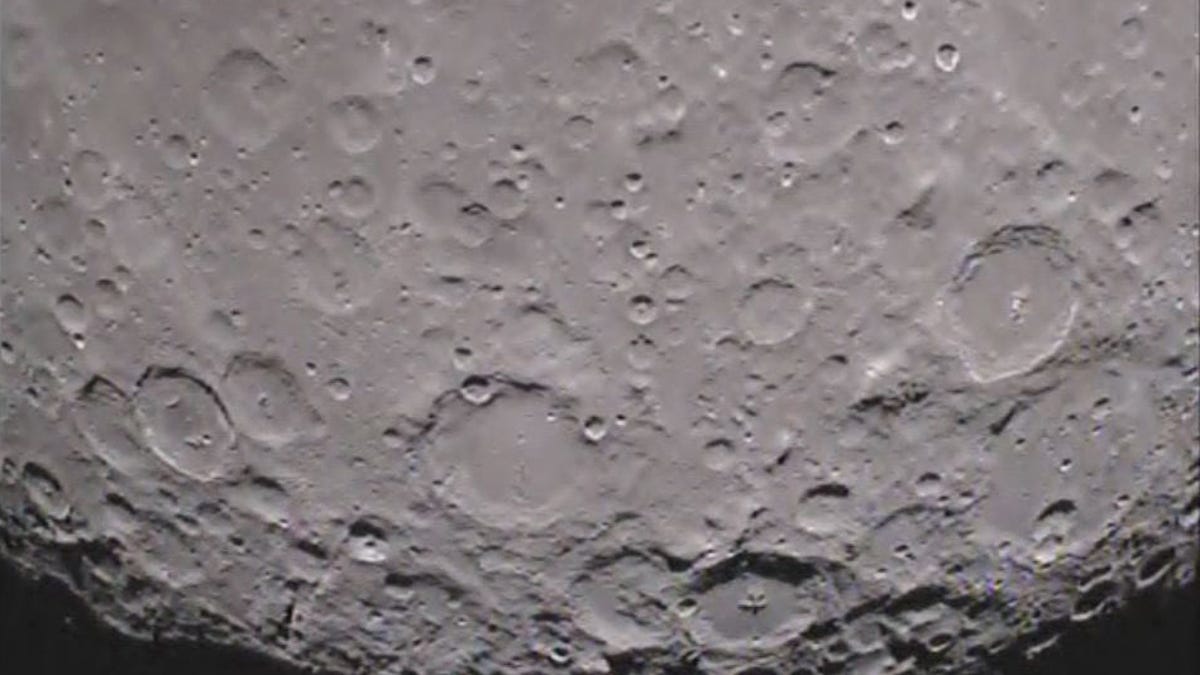NASA sheds light on tech needed for space travel
Space robots, materials to protect humans from radiation, along with solar and nuclear-powered spacecraft makes NASA's technology development wish list for the next five years.

The technologies needed back in the days of the Apollo space missions were well understood. But with NASA's current missions, it faces a broader and more complicated list of priorities.
The National Research Council this week laid out a roadmap for the technologies not yet developed NASA will need over the next five years. The long list addresses energy storage and power generation, human health and safety, materials and sensors, propulsion, and imaging.
The Apollo program provided a clear target for engineers and technology developers, but NASA's mission is substantially more broad these days. The preliminary report was issued to prioritize among many conflicting choices.
NASA's three objectives are to extend and sustain human activities beyond low Earth orbit; explore the evolution of the solar system and the potential for life elsewhere; and expand understanding of the Earth and universe.
The reports details several high-level technology goals, such as better launch and in-space propulsion, with an even longer list of more detailed requirements. But the National Research Council's summary provides some insights into specific technologies needed.
Some examples for space exploration include more research to protect humans from excessive radiation in space, nuclear-powered propulsion systems and power generation, and light-weight materials.
In exploring for life elsewhere in space, NASA singles out solar photovoltaic and thermal power generation, electric propulsion systems and precision landing systems as well as instruments and sensors. The report specifically highlights greater need for autonomous robots and remotely controlled robots for tasks such as operating fuel depots or launching probes.
The NASA report makes clear that there are a number of technical challenges on its roadmap but for space exploration fans, the document provides some clues for technologies to watch in the years ahead.

